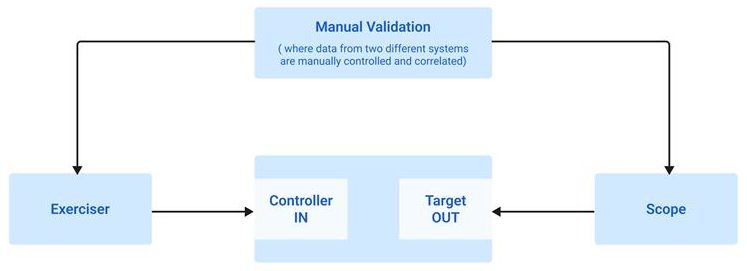Breaking Down the Customer’s Validation Needs
One of our customers, a prominent semiconductor company, developed a I3C logic translator to bridge between the main controller and additional target devices. Unlike validating a standalone MIPI I3C® controller or target device, the validation of a logic translator introduces added complexity. Here, both the input (controller-facing) and output (target-facing) interfaces must be tested simultaneously. This dual-end validation posed significant challenges in terms of setup, coverage, and precision.
Achieving thorough validation meant addressing the following core requirements:
-
Bi-directional Protocol Validation
Conduct protocol transactions and validate both, the controller-facing and target-facing interfaces simultaneously. This required emulating protocol activity on one side, capturing and decoding it on the other, and verifying end-to-end compliance with MIPI I3C® specifications. Given that most tools support only one role at a time, this dual-role emulation and synchronized validation setup added a layer of complexity that traditional methods struggled to manage efficiently.
-
Maintaining Signal Integrity Across Interfaces
Sweeping, measuring, and correlating key bus parameters, such as voltage, timing, and frequency, across operational ranges was essential to evaluate the translator’s performance and ensure compliance. It was equally important to confirm that the data maintained its fidelity, free from any signal distortion. Meeting this requirement involved developing custom test scripts to coordinate voltage and timing variations at each end and manually collecting the resulting data.
-
Precise Propagation Delay Measurement
Propagation delay refers to the inherent latency introduced as signals pass through the logic translator.

Architectural diagram of the validation setup before PVS
behavior, and custom test benches often demanded considerable time and engineering effort. To address these challenges efficiently, the customer required a unified, protocol-aware validation environment that could deliver thorough, specification-compliant results.
